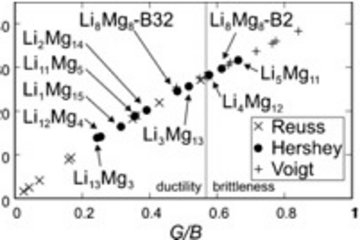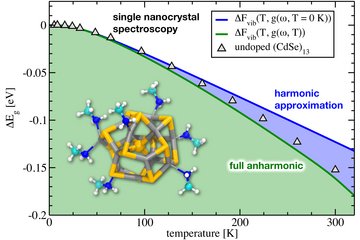All genres
881.
Journal Article
Optimizing continuous annealing of IF steels for improving their deep drawability. Metallurgical and Materials Transactions A 32, pp. 1989 - 1995 (2001)
882.
Journal Article
A hybrid model for mesoscopic simulation of recrystallization. Computational Materials Science 21, pp. 69 - 78 (2001)
883.
Journal Article
Introduction of a texture component crystal plasticity finite element method for anisotropy simulations. Advanced Engineering Materials 3, pp. 984 - 990 (2001)
884.
Journal Article
Work hardening in heterogeneous alloys - A microstructural approach based on three internal state variables. Acta Materialia 48 (17), pp. 4181 - 4189 (2000)
885.
Journal Article
Yield surface simulation for partially recrystallized aluminium polycrystals on the basis of spatially discrete data. Computational Materials Science 19, pp. 13 - 26 (2000)
886.
Journal Article
Coupling of a crystal plasticity finite element model with a probabilistic cellular automaton for simulating primary static recrystallization in aluminum. Modelling and Simulation in Materials Science and Engineering 8, pp. 445 - 462 (2000)
887.
Journal Article
Processing, microstructure, and properties of ternary high-strength Cu–Cr–Ag in situ composites. Material Science and Engineering A 291, pp. 186 - 197 (2000)
888.
Journal Article
Experimental investigation and Ginzburg-Landau modeling of the microstructure dependence of superconductivity in Cu–Ag–Nb wires. Acta Materialia 47 (3), pp. 769 - 777 (1999)
889.
Journal Article
Experimental investigation and modeling of the influence of microstructure on the resistive conductivity of a Cu–Ag–Nb in situ composite. Acta Materialia 47, pp. 1627 - 1634 (1999)
890.
Journal Article
Simulation of the texture evolution during annealing of cold rolled BCC and FCC matals using a cellular automation approach. Textures and Microstructures 28, pp. 211 - 218 (1997)
891.
Journal Article
Strip casting of stainless steels. Acta Materialia 45, pp. 1137 - 1151 (1997)
892.
Journal Article
Texture simulation for hot rolling of aluminium by use of a Taylor model considering grain interactions. Acta Metallurgica et Materialia 43 (3), pp. 1023 - 1028 (1995)
893.
Journal Article
Rolling and recrystallization textures of bcc steels. Steel Research 62 (12), pp. 567 - 575 (1991)
894.
Book
Crystal Plasticity Finite Element Methods in Materials Science and Engineering. Wiley-VCH, Weinheim (2010), 197 pp.
895.
Book
Computational Materials Engineering – An Introduction to Microstructure Evolution. Academic Press, Elsevier, USA (2007), 360 pp.
896.
Book
Continuum Scale Simulation of Engineering Materials Fundamentals - Microstructures - Process Applications. WILEY-VCH, Weinheim (2004), 855 pp.
897.
Book
Computational Materials Science - The Simulation of Materials Microstructures and Properties. Wiley-VCH (1998), 402 pp.
898.
Book Chapter
Iron-rich High Entropy Alloys. In: High-Performance Ferrous Alloys, pp. 389 - 421 (Ed. Rana, R.). Springer Nature Switzerland, Cham, Switzerland (2021)
899.
Book Chapter
Spectral Solvers for Crystal Plasticity and Multi-physics Simulations. In: Handbook of Mechanics of Materials, pp. 1347 - 1372 (Eds. Hsueh, C.-H.; Schmauder, S.; Chen, C.-S.; Chawla, K. K.; Chawla, N. et al.). Springer, Singapore (2019)
900.
Book Chapter
Recovery and Recrystallization: Phenomena, Physics, Models, Simulation. In: Physical Metallurgy: Fifth Edition, Vol. 1, pp. 2291 - 2397. Elsevier Inc., New York, NY, USA (2014)











